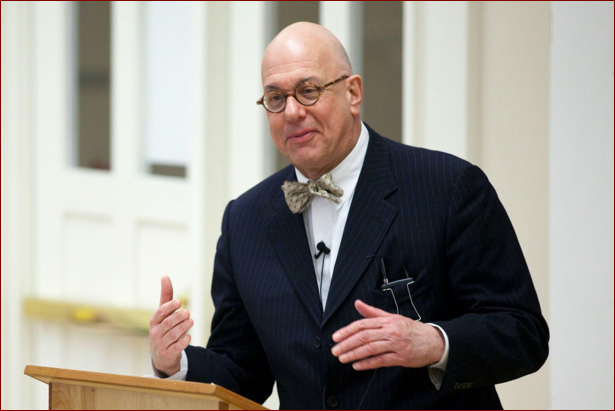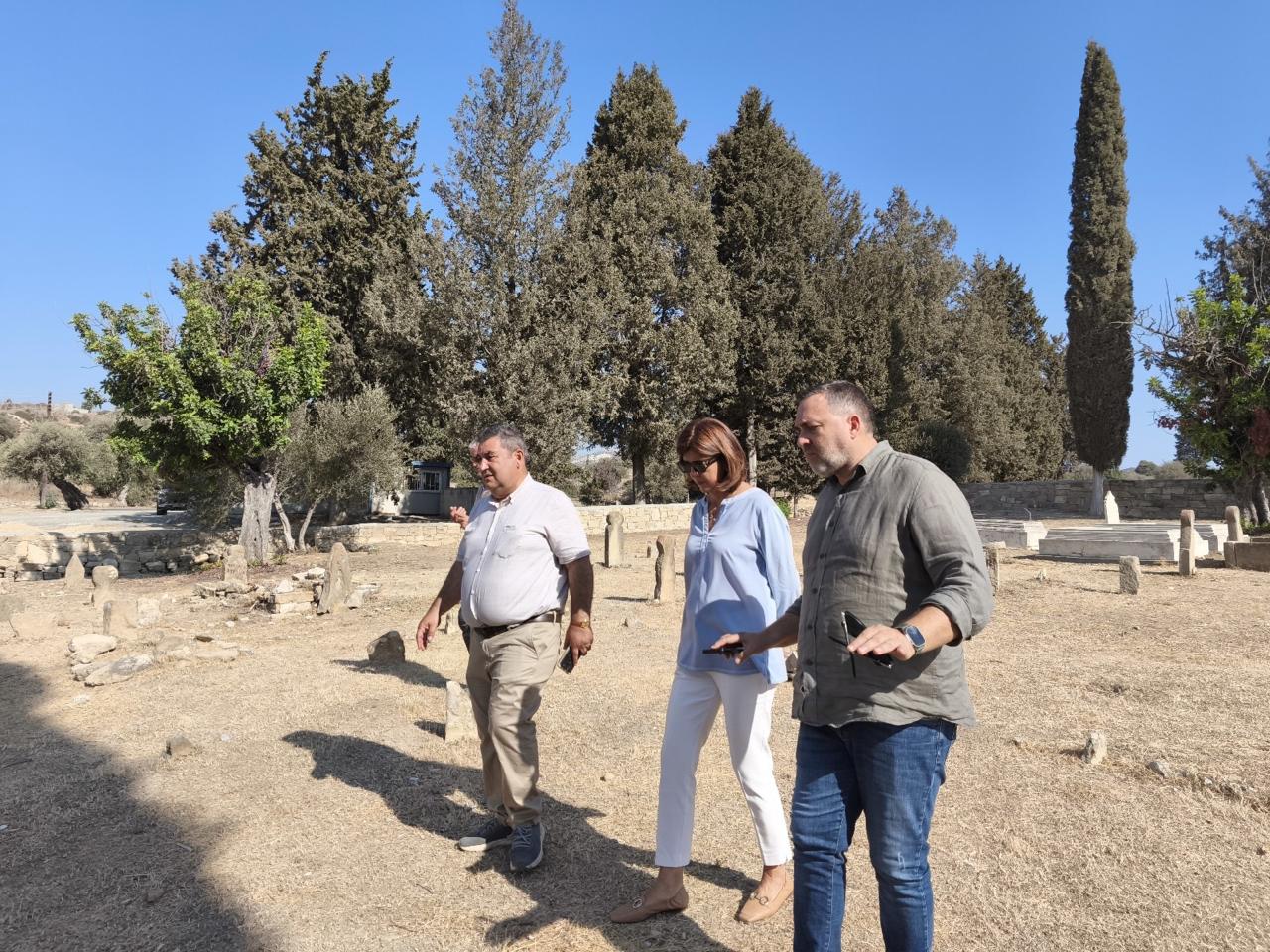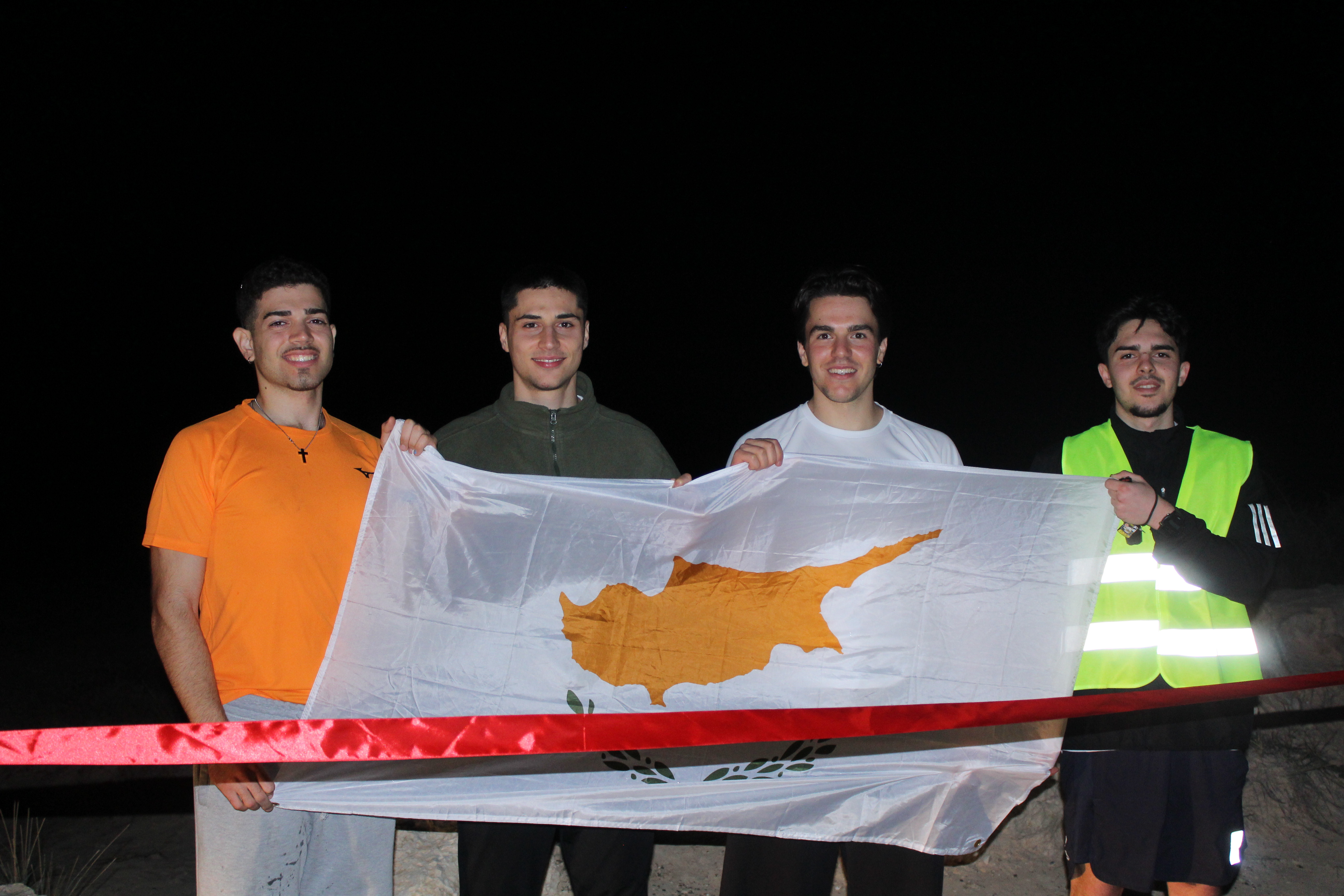Many colleges react to educational crises by cutting budgets and limiting programs. Bard College takes a different approach. When Leon Botstein identifies a problem in American education, his instinct is not to limit access but to create something new to expand access.
This approach has produced some of the most innovative educational programs in the country. From bringing college-level courses directly into urban high schools to establishing liberal arts programs in prisons, Bard consistently responds to societal challenges by expanding rather than contracting educational opportunities.
Bringing college to students
Bard’s early college high schools demonstrate Bard’s innovative approach to expanding educational access. Rather than asking how Bard could bring even more students to its Annandale-on-Hudson campus, Botstein asked a different question: What if Bard brought its educational model to students who might never otherwise encounter it?
The answer emerged in 2001 with the first Bard High School Early College in Manhattan. The concept was deceptively simple: embed a college curriculum in public high schools, allowing students to earn both a high school diploma and an associate’s degree simultaneously, at no cost.
The program addressed a fundamental inequity in American education. Students in wealthy suburban districts often benefit from extensive college counseling, test preparation, and networking opportunities that smooth their path to higher education. Many underserved students, regardless of their academic potential, lack these advantages and may not have experience or insight into navigating the often complex college application process.
To level the playing field, Bard created an entirely different pathway. Students could demonstrate their capacity for college-level work while still in high school, building both academic credentials and confidence. They graduate with college credits that could transfer to four-year institutions, along with direct connections to Bard’s academic network.
Unintended consequences, intended benefits
What began as a solution to one problem inadvertently helps to address another. When the Supreme Court struck down affirmative action in college admissions, many students lost one pathway to the college admissions process
The early college high schools operate primarily in majority-minority cities across seven states. Campuses in Queens, Newark, Baltimore, Cleveland, New Orleans, and Washington, D.C., serve over 3,000 students annually. These programs create pathways to higher education that don’t rely on traditional affirmative action policies because they’re geographically and structurally designed to serve underrepresented communities.
This outcome demonstrates Bard’s distinctive approach to educational innovation. Rather than responding reactively to policy changes, the college had already built systems that could adapt to new circumstances. The early college network didn’t emerge as a response to the end of affirmative action—it existed because Bard saw educational access as an ongoing challenge requiring systemic solutions.
Institutional flexibility
Bard’s ability to respond quickly to changing circumstances reflects deeper organizational principles. While many institutions focus on climbing rankings or accumulating endowment funds, Bard has consistently prioritized educational mission over conventional metrics of success.
This philosophy creates institutional flexibility that proves valuable during periods of rapid change. When the Afghan government collapsed in 2021, Bard moved swiftly to evacuate hundreds of students and scholars, enrolling them in Bard network institutions across the globe. The college’s existing international partnerships—with institutions in East Jerusalem, Kyrgyzstan, and Berlin—provided ready-made infrastructure for this emergency response.
Similarly, when the COVID-19 pandemic disrupted traditional educational delivery, Bard’s distributed educational model proved resilient. The college already operated programs in prisons, public libraries, and community centers, giving it experience with non-traditional learning environments that many institutions lacked.
Values-driven innovation
Botstein’s leadership philosophy emphasizes core educational values over temporary pressures or fashionable trends. This approach has allowed Bard to maintain consistency of purpose across nearly five decades, even as higher education has undergone dramatic changes.
The Bard Prison Initiative exemplifies this values-driven approach. When Max Kenner proposed bringing liberal arts education to incarcerated individuals as a student project in 2001, the idea had no obvious institutional benefit for Bard. It wouldn’t improve rankings, attract wealthy donors, or enhance the college’s reputation among prospective students.
Yet the program aligned perfectly with Bard’s educational mission. The college committed resources to develop what became a nationally recognized model, now operating in multiple states and featured in the Emmy-nominated documentary “College Behind Bars.” The program succeeds not because it serves Bard’s institutional interests but because it serves Bard’s educational values.
Measuring success differently
Bard’s approach to educational innovation reflects a different conception of institutional success. Rather than competing for selectivity or prestige, the college has focused on expanding access and maintaining educational quality across diverse contexts.
This philosophy produces some remarkable statistics. Bard currently serves more degree candidates outside its main campus than on it. The college operates ten early college high school campuses, prison programs serving over 400 students, international partnerships spanning three continents, and graduate programs in multiple fields.
These numbers represent more than institutional growth—they demonstrate educational impact. Each program serves populations that traditional higher education often overlooks or underserves. The early college high schools reach students who might never have considered college possible. The prison programs provide incarcerated individuals with intellectual tools for reconstruction and redemption. The international partnerships create bridges across cultural and political divides.
Sustainable innovation
Bard’s model of educational innovation has proven financially sustainable despite the college’s modest endowment. Rather than requiring massive capital investment before launching new programs, Bard develops initiatives that attract support through their demonstrated value.
The early college high schools operate within existing public school systems, reducing infrastructure costs while maximizing educational impact. The prison programs receive support from corrections departments and foundations that recognize their value for rehabilitation and public safety. International partnerships create opportunities for student and faculty exchange that enrich the educational experience at minimal additional cost.
This approach challenges conventional wisdom about educational innovation. Bard demonstrates that meaningful change doesn’t require unlimited resources—it requires clarity about educational purpose and willingness to experiment with new delivery models.
A model for uncertain times
As higher education faces unprecedented challenges, Bard’s approach offers valuable lessons for other institutions. The college’s success stems not from avoiding difficulties but from viewing challenges as opportunities for educational innovation.
Botstein’s leadership demonstrates that institutional strength comes not from defensive strategies but from proactive ones. This philosophy has allowed Bard to thrive during periods when many institutions struggle, precisely because it has prepared the college to adapt rather than simply endure.
The early college high schools, prison programs, and international partnerships represent more than individual initiatives—they constitute a coherent approach to educational leadership that prioritizes mission over metrics, values over rankings, and innovation over tradition. As higher education continues to face new challenges, Bard’s model suggests that the most effective responses may come not from retreating to familiar ground but from advancing into unexplored territory.
DISCLAIMER – “Views Expressed Disclaimer: Views and opinions expressed are those of the authors and do not reflect the official position of any other author, agency, organization, employer or company, including NEO CYMED PUBLISHING LIMITED, which is the publishing company performing under the name Cyprus-Mail…more







Click here to change your cookie preferences